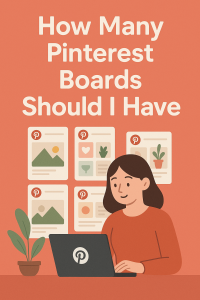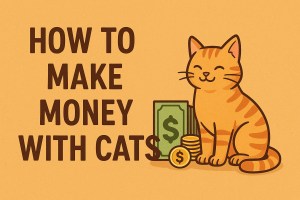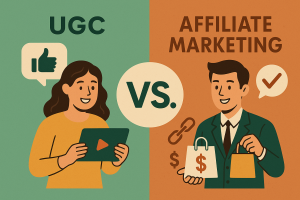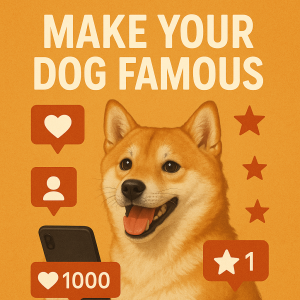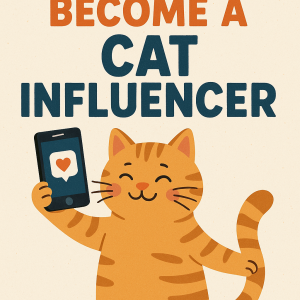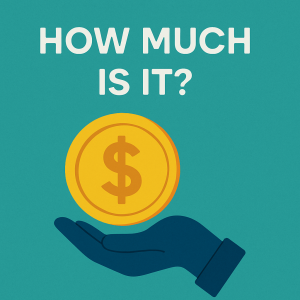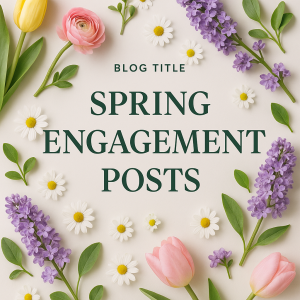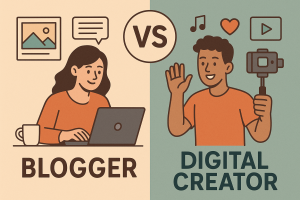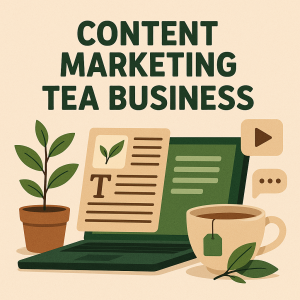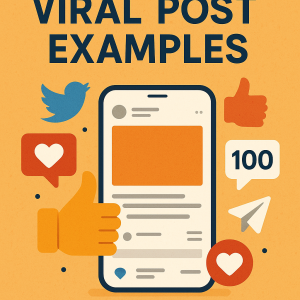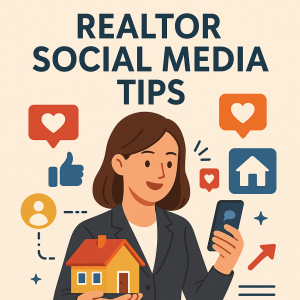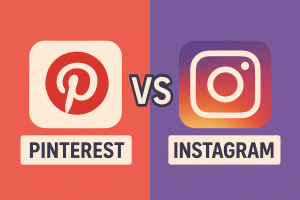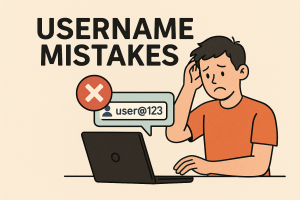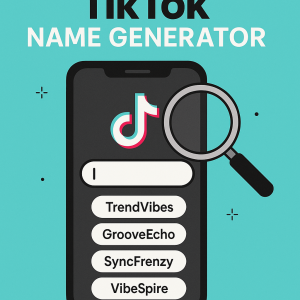Connecting with organizations for collaboration opportunities requires precision and personalization. Successful partnerships start by identifying decision-makers rather than generic contact forms. Industry data shows personalized pitches receive 3x more responses than bulk messages.
Research plays a vital role. Analyzing a company’s social media activity, recent campaigns, and public values helps craft tailored proposals. Many creators miss opportunities by using outdated contact lists or failing to align their content with brand goals.
Clear communication matters. Emails should highlight audience demographics, engagement rates, and creative concepts in the first three sentences. Avoid lengthy explanations – decision-makers often skim messages quickly. Include links to your best-performing posts as proof of value.
Key Takeaways
- Target specific employees through LinkedIn or company directories
- Analyze brand campaigns before crafting your pitch
- Use media metrics to showcase audience alignment
- Keep initial emails under 150 words with clear call-to-action
- Include 2-3 examples of sponsored posts in your niche
Timing impacts success rates. Reach out when companies announce new products or quarterly budgets. Follow up strategically – 68% of positive responses come after the second contact attempt. This guide provides templates and case studies to refine your approach.
Understanding the Sponsorship Outreach Landscape
Navigating today’s sponsorship landscape demands strategic insight and adaptability. Digital platforms have reshaped how partnerships form, with 73% of companies prioritizing direct communication over automated systems. Start by exploring a brand’s website and press releases to gauge their current priorities.
Identifying the Right Contact Persons
Effective outreach begins with targeting decision-makers like regional marketing leads or product managers. Use LinkedIn’s advanced search to filter by job titles, or check corporate directories for updated people lists. Avoid generic “sponsorship@” emails – these rarely reach key players.
| Approach | Method | Success Rate |
|---|---|---|
| Direct Email | Brand Manager Contact | 42% Response |
| Website Form | General Inquiries | 8% Response |
| Social Media DM | Verified Account Outreach | 29% Response |
Avoiding Common Gatekeepers
Sponsorship managers often screen requests without decision-making power. Instead, focus on employees involved in campaign execution. Cross-reference information from media centers and recent press mentions to confirm roles.
Always include a polished media kit in your initial message. This document should showcase your audience demographics and past collaborations, establishing immediate credibility. Update it quarterly to reflect growth.
Pro Tip: Verify contact authenticity through social media activity. Engage with a brand’s posts before pitching – this increases visibility and builds rapport organically.
How to Contact Brands for Sponsorship
Effective collaboration begins with understanding a company’s heartbeat. Tailored proposals that reflect a brand’s mission outperform generic templates by 47%, according to recent influencer marketing studies. Start by studying their latest campaigns and audience engagement patterns.
Crafting a Tailored Sponsorship Pitch
Customization separates successful pitches from ignored emails. Highlight specific products or values that align with your content. For example, a fitness creator might reference a sports brand’s sustainability initiative:
“Your eco-friendly running shoes perfectly complement my audience’s passion for environmental consciousness. Let’s create content showcasing durability during trail challenges.”
Include three key elements: audience overlap, creative ideas, and measurable results. Brands prioritize partners who demonstrate clear value from the first interaction.
Researching the Brand’s Contact Information
Finding the right decision-maker requires detective work. Start with the brand website – check “Press” or “Partnerships” pages for team members. Blogs often reveal project leads through author bylines or campaign case studies.
| Source | Data Type | Effectiveness |
|---|---|---|
| LinkedIn Sales Navigator | Influencer Manager Names | 89% Accuracy |
| Company Blog | Campaign Leads | 72% Relevance |
| Email Finder Tools | Direct Addresses | 54% Response Rate |
Cross-reference details across platforms. A marketing director listed on the brand website might have updated contact info in their LinkedIn bio. Always verify through multiple channels before sending proposals.
Pro Tip: Engage with a company’s social posts for 2-3 weeks before pitching. This builds familiarity and increases email open rates by 31%.
Effective Email and Social Media Strategies
Mastering digital communication channels boosts partnership potential. A strategic blend of direct emails and social engagement drives 63% of successful sponsorships, per recent marketing reports. Prioritize platforms where brands actively seek collaborators.
Emailing Brands Directly
Subject lines determine open rates. Phrases like “Collaboration Opportunity: [Brand Name] + [Your Niche]” outperform generic titles by 51%. Keep messages concise with bullet points highlighting:
- Audience demographics matching their target market
- Three creative content ideas
- Links to top-performing posts
Incorporate a professional email signature with social handles and media kit access. Eco-fashion influencer Jessica Miller landed deals with 4 major companies by timing pitches to align with product launches. Follow up within 7 days – 82% of positive replies occur after initial contact.
Optimizing Social Media Outreach
Tag brand accounts when sharing relevant content. Use campaign-specific hashtags to increase visibility. Instagram Stories showcasing product mockups or unboxings grab attention faster than static posts.
| Platform | Tactic | Engagement Boost |
|---|---|---|
| Comment on company updates | +39% | |
| TikTok | Duet branded challenges | +67% |
| Thread analyzing products | +28% |
Tech reviewer Marcus Chen secured a partnership by engaging a manager’s LinkedIn post about innovation goals. Combine DMs with email outreach – brands often cross-reference communication channels.
“Our team noticed your TikTok series on smart home gadgets. Let’s discuss integrating our new security system.” – HomeTech Pro Collaboration Lead
Utilizing Media Kits and Engagement Data for Credibility
Professional collaboration demands proof of value. A polished media kit acts as your visual resume, combining audience insights with creative vision. Modern brands prioritize partners who demonstrate measurable impact through organized data.
Building an Impressive Media Kit
Effective kits showcase audience demographics alongside content samples. Include age ranges, location hotspots, and platform-specific engagement rates. Highlight past partnerships with concise case studies – 63% of companies prioritize creators with documented success.
| Element | Purpose | Example |
|---|---|---|
| Demographics | Show audience alignment | 35% parents aged 25-34 |
| Engagement Rates | Prove content quality | 12% avg. Instagram CTR |
| Content Examples | Display creativity | Top 3 performing Reels |
| Audience Interests | Highlight relevance | #1 topic: sustainable fashion |
Leveraging Engagement Metrics
Data tells your story better than claims. Track monthly click-through rates and conversion patterns. A food blogger increased sponsorship offers by 40% after adding Pinterest save rates to their kit.
Align metrics with brand goals. Tech companies value website traffic, while lifestyle businesses prefer social shares. Update quarterly to reflect growth:
- Video completion rates above 75%
- Email open rates matching industry standards
- Follower growth compared to competitors
Pro Tip: Tailor kits using a brand’s marketing keywords. If pitching to a camping gear company, emphasize outdoor content performance and eco-conscious audience segments.
“We immediately trust creators who present clean analytics with campaign ideas. It shows they understand professional partnerships.” – Marketing Director, Outdoor Adventures Co.
Building Genuine Relationships with Brand Representatives
Strong partnerships thrive on trust and mutual benefit. Authentic connections often lead to recurring deals and exclusive opportunities. A travel creator recently secured three sponsorships through referrals from satisfied collaborators.
Networking and Referrals
Industry events and online communities offer fertile ground for meaningful interactions. Sharing campaign results with peers can spark referrals – 58% of creators report collaborations through colleague recommendations.
- Join niche Slack groups discussing sponsorship trends
- Comment thoughtfully on industry LinkedIn posts
- Share successful partnership case studies privately
Maximizing Professional Platforms
LinkedIn profiles serve as dynamic portfolios. Tech analyst Rachel Kim increased partnership offers by 65% after optimizing her headline and featured posts. Engage with brand representatives through:
| Platform | Strategy | Outcome |
|---|---|---|
| Comment on company updates | Direct DM conversations | |
| Join industry-specific subreddits | Early campaign insights | |
| Quora | Answer product-related questions | Brand visibility boosts |
Forum participation builds credibility. One gaming streamer landed a headset sponsorship after sharing setup tips in a hardware community. Track key accounts to identify emerging partnership patterns.
“We prioritize creators who engage beyond sponsorship asks. Genuine interest in our mission always stands out.” – Marketing Manager, AudioTech Solutions
Update your outreach strategy quarterly using fresh insights. Small gestures like congratulating promotions or sharing company milestones foster lasting professional bonds.
Leveraging Online Tools and Influencer Resources
Modern partnership strategies demand smart tech integration. Specialized platforms now streamline finding decision-makers and managing collaborations. These solutions cut research time while improving accuracy – crucial when trying to reach brands effectively.
Using Email Finder Tools like VoilaNorbert
Locating the right person becomes effortless with email discovery tools. VoilaNorbert verifies professional addresses through company domains and social profiles. This eliminates guesswork when targeting marketing directors or partnership leads.
Cross-check details by reviewing a brand’s blog post or “About Us” page. Updated team listings often appear here first. Combine this with tools to ensure you’re messaging active accounts.
| Tool | Key Feature | Best For |
|---|---|---|
| VoilaNorbert | 95% email accuracy rate | First-time outreach |
| Hunter.io | Domain-based searches | Enterprise contacts |
| Clearbit Connect | Real-time verification | Startup teams |
Employing Business Management and Marketing Tools
Organization platforms keep communication lines clear. Track outreach timelines and store contact details in centralized dashboards. Features like automated follow-ups ensure no opportunity slips through.
Marketing tools help analyze campaign performance across channels. Share these insights when trying to reach brands – they demonstrate professional-grade collaboration potential.
“Tools like Trello and Asana transformed how we manage influencer partnerships. Clear task tracking benefits both parties.”
Always verify contacts through multiple sources. A blog post author’s bio might reveal their direct email address, while LinkedIn confirms their current role. This dual-check approach ensures you’re always connecting with the right person.
Timing and Follow-Up Strategies for Sponsorship Success
Strategic timing transforms sponsorship outreach from hopeful attempts into planned successes. Brands allocate budgets quarterly, with 68% reviewing partnership proposals during product launch phases. Align your outreach with these cycles using public earnings reports or social media announcements.
Determining the Best Time to Reach Out
Track campaign patterns through a brand’s content calendar. Companies often seek collaborators 6-8 weeks before major initiatives. For example, outdoor gear brands prioritize spring partnerships for summer product lines.
| Timing | Action | Benefit |
|---|---|---|
| Post-Campaign | Analyze engagement rates | Showcase complementary skills |
| Budget Renewal | Review fiscal calendars | Catch planning phases |
| Leadership Changes | Monitor LinkedIn updates | New decision-makers emerge |
Effective Follow-Up Without Being Overbearing
Space communications 10-14 days apart. Reference previous messages while adding fresh insights like updated engagement rates or relevant trends. Tools like Boomerang schedule reminders without manual tracking.
- Include new data in second contact
- Offer flexible meeting times
- Respect response windows (3-5 business days)
“A creator’s persistence with purpose made me reconsider. Their third email included a viral TikTok concept we hadn’t envisioned.”
Automation tools maintain consistency while preserving personalization. Platforms like FollowUpThen blend scheduled reminders with customizable templates. Always verify contact information before resending – outdated details damage credibility.
| Tool | Feature | Use Case |
|---|---|---|
| Mixmax | Email sequences | Multi-stage follow-ups |
| Streak | Open tracking | Optimize send times |
| Reply.io | AI suggestions | Personalization at scale |
Consistent, high-quality content keeps brands engaged between communications. Share recent wins or audience growth unprompted – it demonstrates ongoing value beyond initial pitches.
Conclusion
Securing brand partnerships hinges on strategic execution and authentic alignment. Successful creators combine audience insights with brand objectives, as seen in Jessica Miller’s eco-fashion collaborations and Marcus Chen’s tech review campaigns. These examples prove tailored outreach outperforms generic requests.
Start by mapping a company’s values to your content style. Update media kits quarterly with fresh engagement data – 63% of brands prioritize creators who showcase measurable impact. Tools like LinkedIn Sales Navigator streamline finding decision-makers, while email trackers optimize follow-up timing.
Real-world collaborations thrive on mutual benefit. The outdoor gear blogger who boosted offers by 40% did so by aligning metrics with sponsor goals. Always lead with creative concepts, not just numbers – brands seek partners who enhance their storytelling.
Take action today: refine your pitch using campaign-specific hashtags, engage with target accounts’ content, and schedule quarterly outreach audits. Persistence paired with professionalism turns cold emails into lasting collaborations.


